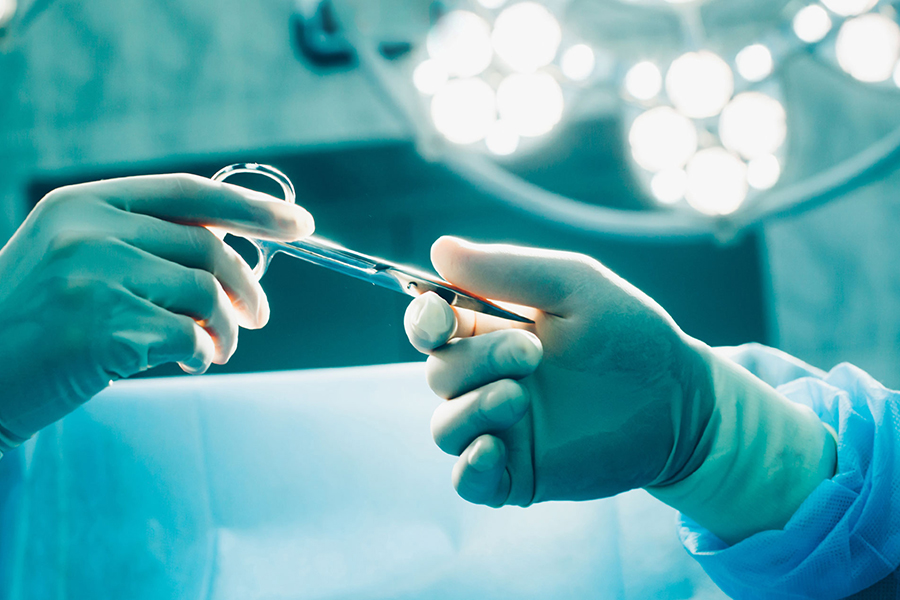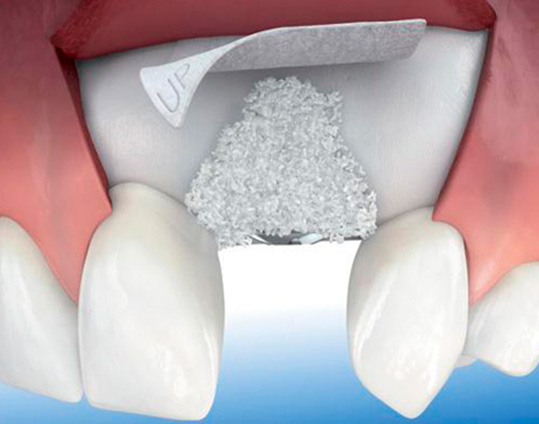Working hours
- Monday - Friday 08:00 - 20:00
Saturday 08:00 - 17:00
Sunday free day
Contact information
-
Phone number: +441519470433
Tooth extraction

Tooth extraction is a surgical procedure that involves removing a tooth from the alveola, the natural cavity of the mandible in which it is located. A tooth is removed when, for pathological reasons or physical obstacles, the presence in its natural place can lead to more damage. However, it should be noted that the tooth is removed only if necessary and only if it cannot be preserved by other conservative methods.
The extraction
Typically, antibiotic premedication is used the day before surgery, possibly associated with an anti-inflammatory effect to reduce postoperative edema.
Local anesthesia, which the dentist uses to "sleep" the tooth, is very effective at suppressing the function of the nerve fibers that transmit pain, but it is not as effective for the fibers that transmit pressure sensations. Therefore, during the extraction process, inevitably there is a feeling of pressure, even strong pressure, which, however, is not associated with pain.
In the following days after the operation and depending on the number of extracted teeth, hematoma may appear, more often postoperative edema. Post-intervention food should generally be liquid and ice application is recommended to reduce swelling and relieve pain. Points that are not reabsorbed are removed by the dentist at a follow-up visit, points that are reabsorbed disappear spontaneously within 7-10 days after surgery.
The postoperative period varies greatly among people, but the recovery time is undoubtedly longer for smokers.
After extraction
When a tooth is removed, the adjacent ones tend to move, sometimes in a very important way, and any change in the position of the teeth can affect the overall health of the teeth. Even the extraction of one tooth can cause problems related to the chewing ability or functionality of the mandibular joints; In addition, misaligned teeth can easily become traps for food debris and are much more difficult to clean - two factors that put them at a very high risk of tooth decay and gum disease. To avoid this type of complication, the dentist recommends the patient to replace the extracted tooth as soon as possible.

Dental surgery
In many situations, tooth loss is associated with severe bone and soft tissue atrophy.
example, bone grafts, cleavage of the sacrum, etc.), carried out both before the introduction of the implant, and, when possible, contextually with implants, with a decrease in the amount of intervention.
What is a bone graft
Bone grafting is a surgical procedure that replaces missing bone with artificial, natural or synthetic bone. Bone grafting is most often used in dentistry for the installation ofdental implants.
- to fill the space that appears after tooth extraction;
- after removal of bone cysts or periodontal defects;
- in cases of post-traumatic bone defects with tooth loss;
- for the correction of bone defects.
The following bone grafting methods are currently used:
- Sinus Lift (Sinus Lift);
- Guided Bone Regeneration (GBR);
- Graft block;
- Expansion Crest (Split Crest).
Bone grafting is not recommended under the following conditions:
- in case of diabetes;
- coagulation disorders;
- patients undergoing chemotherapy;
- taking anticoagulants, immunosuppressants or antiepileptic drugs.

Sinus lift
The maxillary sinuses are cavities (empty) that are located in the maxillary bone, below the cheekbones, are covered with a mucous membrane (Schneider's membrane) and connected to the nasal cavity.
Their function is to interfere with the processes of humidification, lubrication and heating of the inhaled air.
QThis method involves opening a hole for the bone in the anterior wall of the maxillary sinus through a special insert that cannot damage the membrane.
The biomaterial will be inserted; Schneider's membrane remains lifted and the material hardens thanks to a blood clot that contains all the genetic information. In order to obtain good osteosynthesis (bone growth) and a successful operation, the inserted material must remain stable and in contact with the wall of the palatal region.
There are several filler materials
In our clinic we use Bio-Oss®, which is the world's most used natural bone substitute for regenerative dentistry. Exceptional osteoconductive properties allow for efficient and predictable bone regeneration, so that there is no need to take autologous from the skull region or from the iliac crest (femur).
The maxillary sinus lift procedure is performed under local anesthesia, under conscious sedation, after which a slight swelling may appear as a reaction that goes away within a day or two.
Keep in touch with us
Upload your x-ray here and leave us your contacts, you will get a free quote in the shortest time possible.
The fields marked with an * are mandatory.



